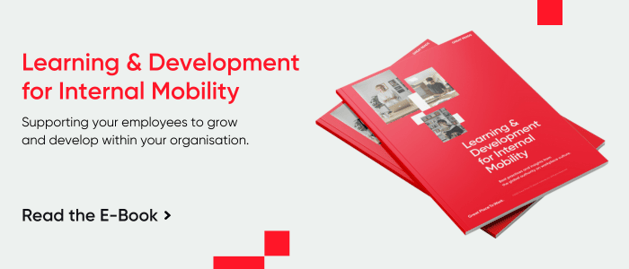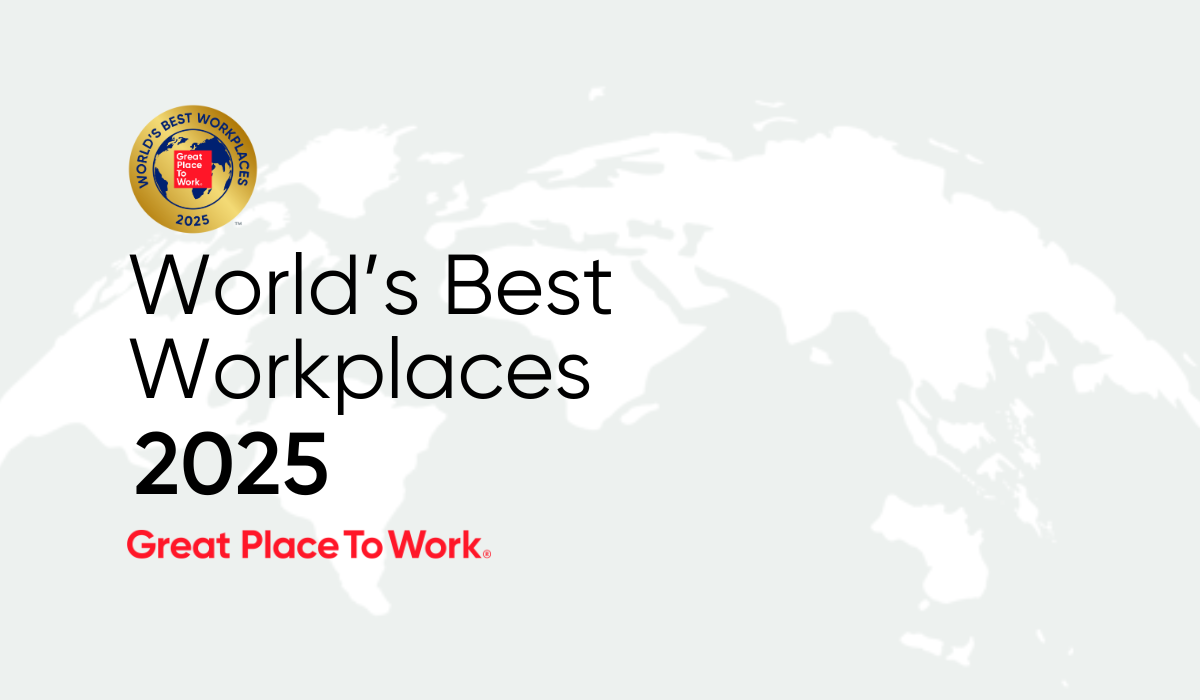Here’s how the World’s Best Workplaces are creating spaces where women can thrive ahead of International Women’s Day.
As the world honours International Women’s Day on March 8, great workplaces around the world should consider how they can advance the cause of equity for women in the workplace.
For companies on the Fortune World’s Best Workplace™ List in 2023, helping women to succeed and thrive is a big reason for their extraordinary performance as a business. In every market, on every continent, one experience makes the biggest difference for women in the workplace: trust.
Great Place To Work® research has found that employee trust is crucial for employees around the world, and women that trust their leaders and their organisation have more consistently positive experiences in the workplace.
Here are lessons you can take from how the World’s Best Workplaces are stepping up to create better experiences for women at work:
1. Formalise mentorship and sponsorship programs for all employees.
Many women who become senior leaders cite mentorship and sponsorship as a key reason for their success.
“I wouldn’t be where I am today without sponsorship,” says Yolanda Friend, managing director, inclusion and diversity, North America at Accenture, No. 10 on the World’s Best List in 2023.
Organisations should understand that mentorship and sponsorship are two different things.
“Mentors are there to talk with you,” Friend says. “Sponsors are there to talk about you and amplify you with other audiences in other spaces.”
At DHL Express, No. 2 on the World’s Best List, the “Shift Up a Gear” program helps women in the organisation grow beyond their current role, ensuring more women are ready to take on leadership duties. The program gives women one-on-one development support, introduces participants to senior leaders to improve visibility and recognition, and provides networking as participants take on new job opportunities and development assignments.
At Cadence, No. 9 on the World’s Best List, mentorship is offered through a matching platform called Chronus to ensure mentees can find a mentor with the right skills, experience, and insight to help them grow. Cadence says the intentional pairings have been incredibly successful, and the program has had a lower cost than other, more expensive leadership training programs.
When you do launch a mentorship program, make sure to set clear goals.
Cisco, No. 3 on the World’s Best Workplaces List, runs a program called “Jump” to help aspiring women leaders grow into new roles. Program participants are 1.4 times as likely as non-participants to get promoted, impacting Cisco’s stated goal of closing the gender gap across leadership roles.
2. Add talent to the pipeline with internships
Great workplaces not only strive to improve the experience of women within their organisation, but they look for ways to improve industry representation and access.
NVIDIA, No. 19 on the World’s Best List, saw a need to bring more women engineers into the industry, and launched an intern program dubbed #FindingHopper, a nod to computer scientist and trailblazer Grace Hopper.
The internship ensures candidates build connections, develop professional skills, and learn from NVIDIA’s top tech talent. Many participants receive full-time job offers at the end of their internship.
When looking at gender gaps in the workforce, be sure to consider what barriers might be preventing talent from entering the pipeline. Do you have unnecessary credential requirements, like a university degree? Does your job description require an unreasonable or irrelevant amount of previous work experience?
If your goal is to bring new talent into your organisation, make sure you don’t weed people out unintentionally.
3. Set meaningful representation targets for leadership.
The World’s Best Workplaces are proud of the work they have done to increase representation for women across all levels of the organisation and are setting new goals for diversity and inclusion.
At Accenture, women make up 48% of its workforce, up from 39% when it first announced a goal to achieve gender parity by 2025. Additionally, 30% of Accenture’s managing directors are women, meeting its 2025 goal of 30% of leadership roles filled by women a year early.
DHL Group also set a goal of having 30% of leadership positions occupied by women by 2025. On a global level, the supply-chain and logistics company had 26.6% of leadership roles filled by women in 2023, a big jump from 16.9% in December of 2020.
Great Place To Work research has found that there isn’t a specific percentage that companies must reach to have the adequate representation of underrepresented voices in leadership roles. Instead, companies should ask themselves: “Does your workforce reflect the communities and clients you work in and serve?”
What does have an impact? Connecting executive compensation to your diversity targets.
“When you’re measuring things and you’re reporting on them, leaders who are very goal-driven tend to pay more attention,” says Tina Jones, SVP, global human resources at Cadence.
“By putting it in a bonus, suddenly you’ve got leaders calling you and saying, ‘Oh wait, how can I make change here? How can I be a mentor? How can I attract more university students to the company and bring more diversity?’” Jones says.
4. Offer more support for caregivers
While women shouldn’t be defined by their roles as caregivers, across the globe, they are still more likely than men to have caregiving responsibilities.
Women are around seven times more likely than men to be out of the labour market due to caring commitments, according to research by TUC. One in three people around the world believe childcare responsibilities damage women’s careers more than men’s.
Women are also more likely to be caregivers to elderly family members, with 57% to 81% of all caregivers of the elderly being women, according to various estimates.
To help support women with caregiving responsibilities in its China operations, DHL Express runs a re-boarding program in its Shanghai customer services department to help women ease back into work after being away on maternity leave.
Cadence also offers a 16-week “returnship” program, available to its global workforce, to bring employees back to the workforce who previously left to support their families.
Quantify your employee experience
Discover what women at your organisation want from their workplace with our data-driven employee surveys.












